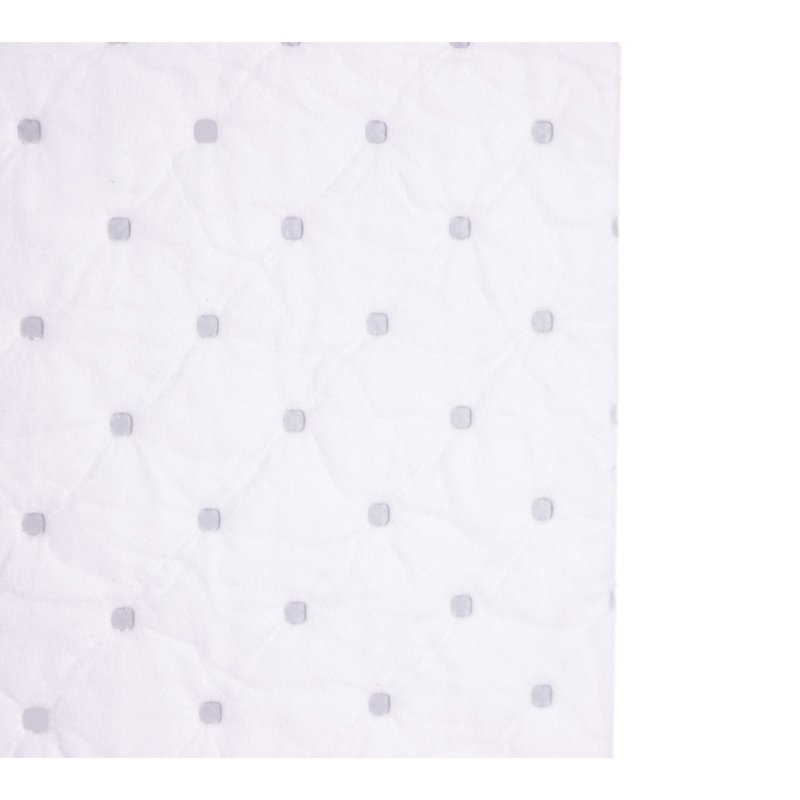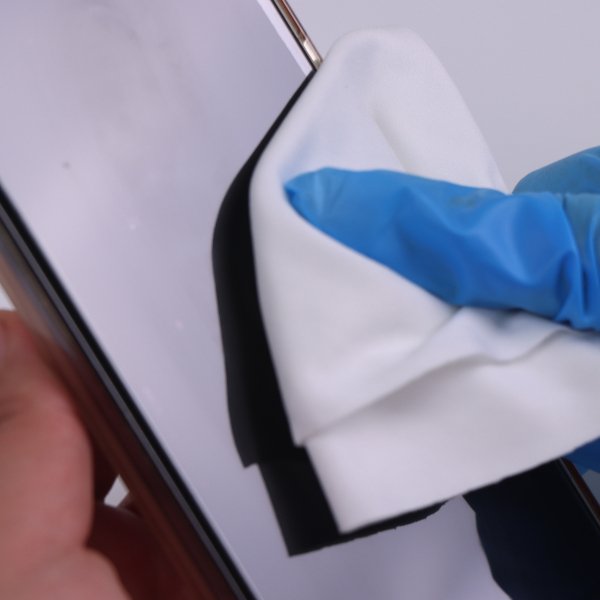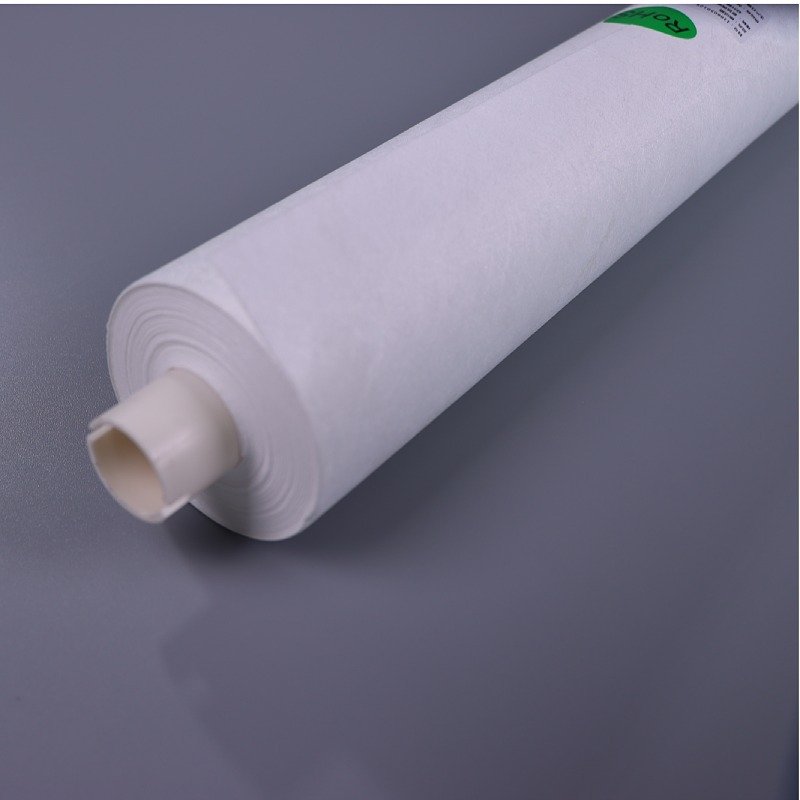In high-precision manufacturing environments—such as semiconductor fabrication, electronics assembly, and aerospace production—static electricity is not just a nuisance; it’s a serious risk.
A sudden electrostatic discharge (ESD) can destroy sensitive components, compromise product integrity, or lead to contamination in cleanrooms.
But what makes a wiper “ESD-safe”? And how does it prevent static electricity from building up or discharging? Let’s take a closer look.
The Invisible Threat of Static in Cleanrooms
In a cleanroom, even a small static discharge can lead to major consequences.
Wiping, ironically, can be one of the most common causes of electrostatic buildup if the wrong materials are used.
Using a regular polyester wiper on a plastic or metal surface can easily create tens or hundreds of volts of static charge, enough to damage delicate components or attract dust particles. That’s where ESD wipers come in.

What Makes an ESD Wiper Different?
An ESD wiper is typically made from synthetic fibers like polyester or microfiber but is embedded with conductive elements, such as carbon or conductive polymer filaments.
These conductive fibers are often woven into the fabric in a grid pattern or dispersed uniformly, creating a pathway that allows static electricity to flow through the wipe rather than build up on the surface.
This construction gives the wiper a specific surface resistance, usually within the dissipative range (10⁶ to 10⁹ ohms per square). This level is carefully engineered: it allows charge to flow slowly and safely to ground, without the sudden snap or spark associated with conductive materials or untreated surfaces.
Key Features of a Good ESD Wiper
| Feature | Why It Matters |
|---|---|
| Low Particle Shedding | Prevents contamination in cleanroom settings |
| Surface Resistivity | Controls how static is dissipated |
| Strong Absorbency | Handles solvents and liquid contaminants |
| Edge Sealing (e.g., laser or ultrasonic) | Prevents fiber shedding during use |
| Compatibility with Cleanroom Class | Should match the ISO class of the environment |
A high-quality ESD wiper will typically meet international standards for surface resistance, cleanliness, and particle shedding. Some are also tested for compatibility with solvents such as IPA (isopropyl alcohol), which are commonly used in cleanroom cleaning tasks.
The best-performing ESD wipers also use advanced edge-sealing techniques, such as laser or ultrasonic sealing, to prevent fiber release from the edges, further reducing contamination risk.
Application in ESD-Sensitive Environments
ESD wipers are used in a wide range of environments where both cleanliness and electrostatic control are mission-critical. These include:
-
Semiconductor and microelectronics fabs
-
Hard disk drive assembly lines
-
Optics and photonics cleanrooms
-
Medical device manufacturing
-
Cleanrooms with ESD Protected Areas (EPAs)
In these settings, using standard wipes may lead to accidental ESD events or even draw contaminants toward the product due to electrostatic attraction. ESD wipers, by contrast, help ensure that cleaning itself does not become a source of contamination or risk.
Final Thoughts
While ionizers and grounding equipment play important roles, choosing the right ESD wiper is equally crucial. These specialized wipes are engineered not only for cleanliness but also for electrical safety, making them an indispensable part of modern contamination and ESD control programs.
If your operations involve sensitive electronics or precision optics, don’t let your cleaning process become a weak link. Invest in certified, reliable ESD-safe cleanroom wipes—and make sure every wipe you use contributes to, rather than compromises, the integrity of your environment.
Looking for High-Performance ESD Wipers?
We provide a full range of ESD-safe cleanroom wipers, tailored for ISO-certified cleanrooms, electronics assembly lines, and static-sensitive production areas. Our wipes are available in various materials and surface resistivity ranges, with complete technical documentation and OEM support.
Contact us today to learn more or request free samples.




